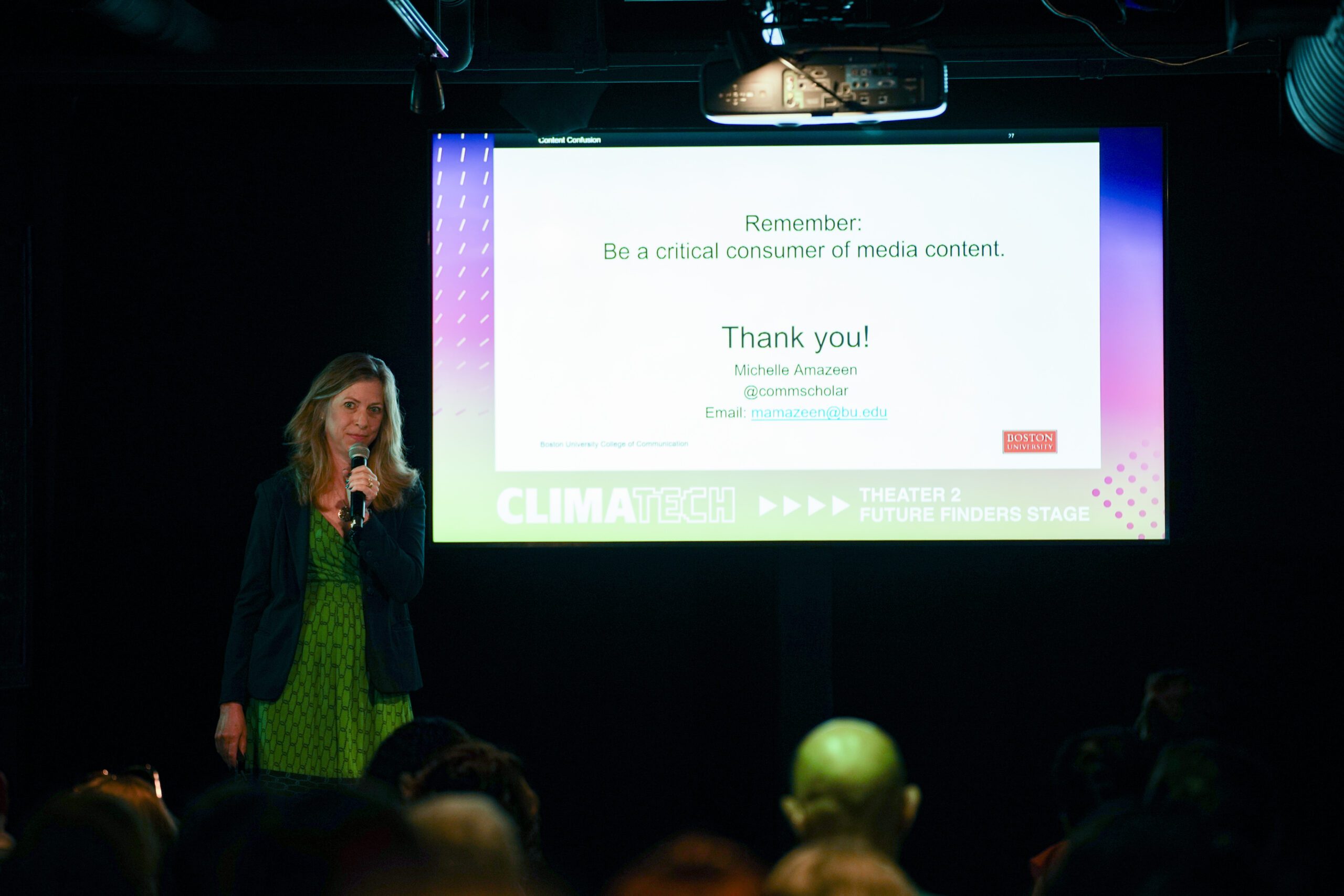Mainstream news organizations have become unexpected contributors to the fight against climate misinformation. Michelle Amosine, a Boston University researcher and advocate for journalistic integrity, has highlighted how practices like native advertising are undermining public trust and spreading disinformation about critical issues like climate change.
The Problem with Native Advertising
Native advertising is a form of covert marketing where ads mimic the look and feel of traditional journalism. At first glance, these ads appear to be news articles, but closer inspection often reveals subtle disclaimers, such as “Sponsored Content” or “Paid Post.”
While the Federal Trade Commission (FTC) requires disclosures to clarify the commercial intent of such content, the lack of standardized language makes these disclaimers inconsistent and often easy to overlook. According to Amosine’s research, most people struggle to distinguish native ads from genuine news articles, creating an environment ripe for misinformation.
How Did We Get Here?
The rise of native advertising stems from the news industry’s financial pressures. In the early 2000s, advertising revenues for traditional news outlets plummeted. To recover, many organizations launched in-house content studios to create native ads for corporations and interest groups.
While this practice provides much-needed revenue, it raises significant concerns:
Deceptive Content: Readers often cannot differentiate native ads from legitimate journalism, especially when disclosures disappear on social media platforms.
Journalistic Integrity: Research shows that the presence of native ads can suppress advertisers’ critical news coverage, compromising the reporting’s integrity.
Competing Agendas: News outlets often promote native advertising alongside genuine journalism, blurring the lines between the two and competing for audience attention.
Climate Disinformation in Focus
The impact of native advertising is particularly troubling in the context of climate change. Amosine shared the example of Exxon Mobil, which used native ads to portray itself as environmentally responsible despite its significant contribution to climate change.
One ad created by The New York Times’s T Brand Studio was labeled “false and misleading” in a 2019 lawsuit filed by then-Massachusetts Attorney General Maura Healey. Such ads often present misleading claims, such as overstating investments in renewable energy, shaping public perceptions, and hindering informed policy decisions.
Research Findings: A Path Forward
Michelle Amosine and her team conducted experiments to understand the influence of native ads and explore potential solutions:
Effectiveness of Disclosures: Participants who saw native ads with clear disclosures were likelier to recognize the content as advertising. However, disclosures often disappeared when these ads were shared on social media, reducing their effectiveness.
Inoculation Messages: The team tested messages designed to alert readers about deceptive advertising tactics. These warnings significantly reduced participants’ susceptibility to misinformation, though they did not entirely eliminate the ads’ influence.
Encouragingly, the inoculation messages did not undermine trust in true claims, such as the consensus that climate change negatively impacts the planet. This suggests that such strategies can combat disinformation without fostering unwarranted skepticism.
The Bigger Picture
The integration of native advertising into news platforms poses a severe threat to journalistic credibility. By allowing advertisers to shape content, news organizations risk compromising their role as trusted sources of information. This is especially dangerous for climate change, where informed decision-making is critical.
Amosine warns that advertisers now have the power to create an alternate reality legitimized by the institutions tasked with safeguarding the truth. To counter this, news organizations and readers must prioritize transparency and critical thinking.
Key Takeaways
- Native advertising effectively influences beliefs, particularly on contentious issues like climate change.
- Disclosures help audiences identify ads but are often lost when shared on digital platforms.
- Inoculation messages show promise in reducing susceptibility to disinformation.
As disinformation continues to spread, media outlets and their audiences are responsible for upholding the principles of truth and integrity. Michelle Amosine’s research serves as a call to action to examine the media we consume critically and demand higher standards from news organizations.
View Michelle’s full session from ClimaTech 2024 here:








